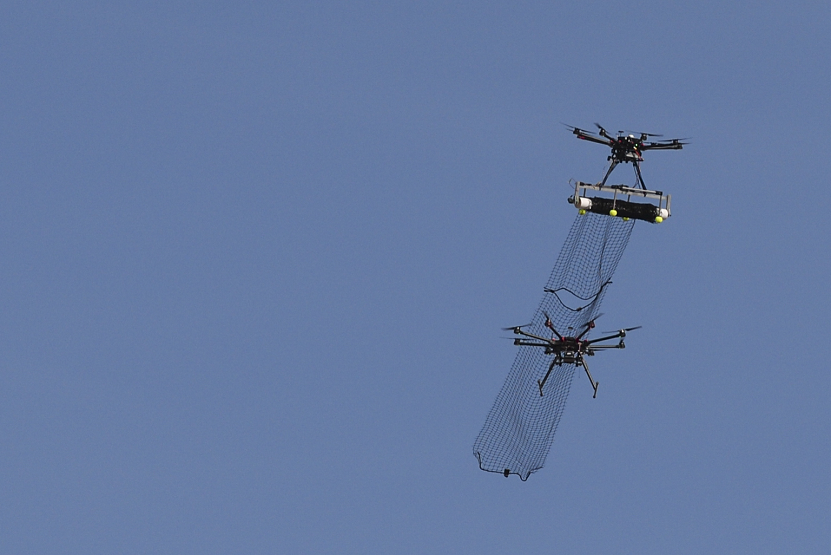This post is also available in:
 עברית (Hebrew)
עברית (Hebrew)
Drone technology today has become accessible to anyone with a few hundred dollars. Anyone with a few hundred dollars can go to their local hobby store and purchase a remote controlled quadcopter. Although usually utilized for innocent hobbyists, it doesn’t take much to convert a regular drone into weaponized air power. Because of this, drones have become a national security concern.
Ranging from foreign militaries to a twisted individual weaponizing drones the Department of Defense takes this threat seriously. Interestingly enough, the Department of Defense’s budget for counter-drone spending has been cut by half.
In the past, anti Unmanned Aerial Systems budget went mostly into understanding how to intercept and fight back against small and slow flying drones. Today, the budget is centered more in favor for providing security to several high-priority sites in the United States.
The U.S. military has spent a lot of its time and money researching creative methods of targeting UASs. From rifle shaped antenna jammers, that have become a standard deployment tool over the years, to trained eagles, that can combat the drones. Whereas the antenna jammers are large and uncomfortable to use and the eagles are expensive and hard to train (as well as dangerous for the bird), the U.S. military has been looking for cheaper and more convenient alternatives.
An equally inconvenient solution towards the counter UAS issue is the deployment of drones carrying nets, that are used to intercept enemy drones flying in the air.
Throughout the years, the military has adapted and modified anti-UAS technologies. Innovations such as directed energy weapons, to “zap” drones out of the air, to friendly drones carrying anti-UAS antenna jammers have been developed in an effort to better benefit U.S. forces. Usually the forces tend to use non-kinetic options such as radio jamming, satellite link jamming, and communications interception to combat enemy drones.
Another effort that has been heavily looked into in the past few years is enemy drone detection. Detection, in contrast to interdirection, involves identifying the drone rather than knocking it out of the air. C4isrnet.com mentions that detection systems usually involve the use of radar, radio frequencies, electro-optical, infrared, or acoustic sensors.
Even though the budget for counter UASs is lower than ever, the military still acknowledges the threats the enemy drones possess. So money may be tight but the armed forces are still investing efforts in anti drone technologies.


























